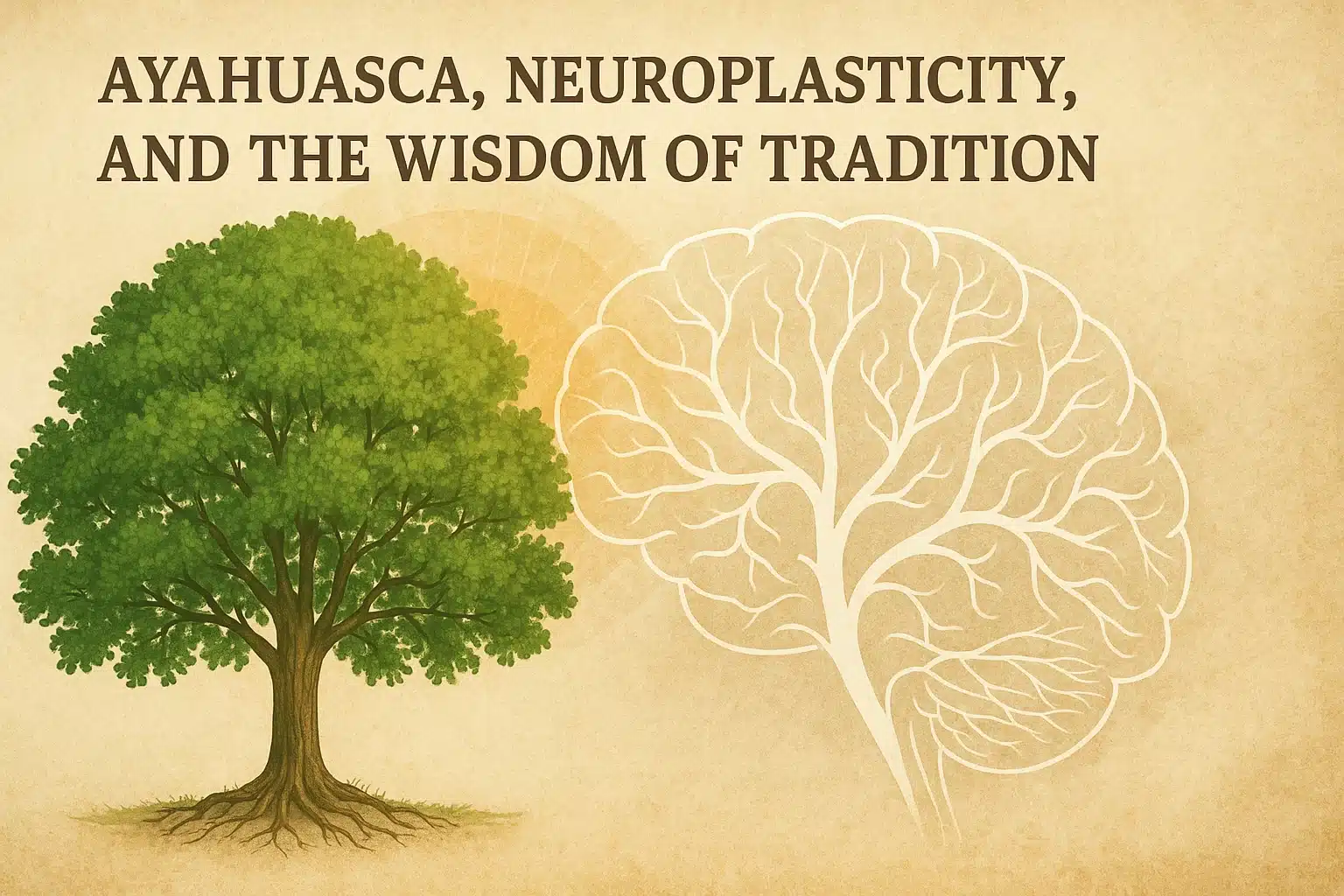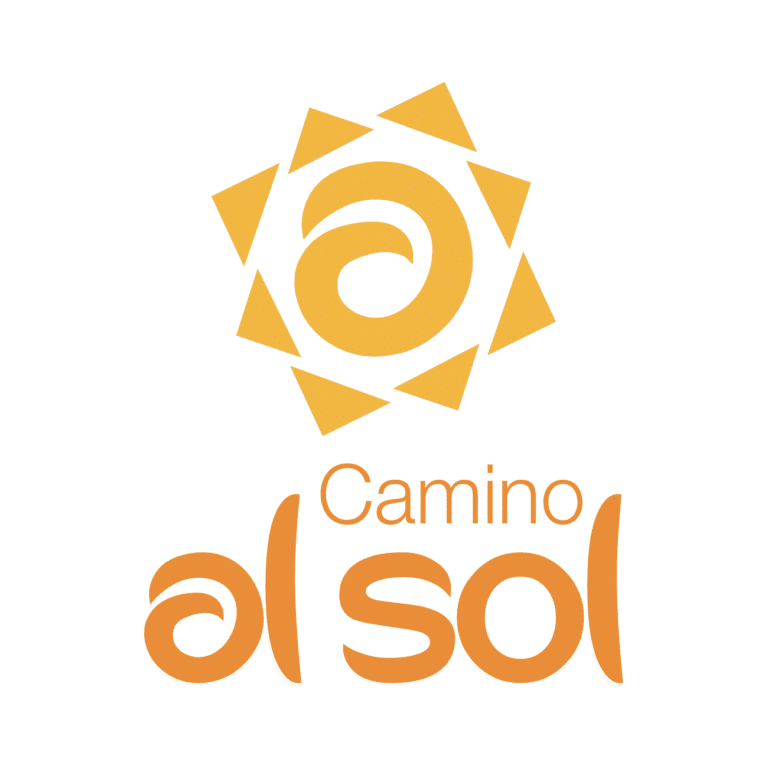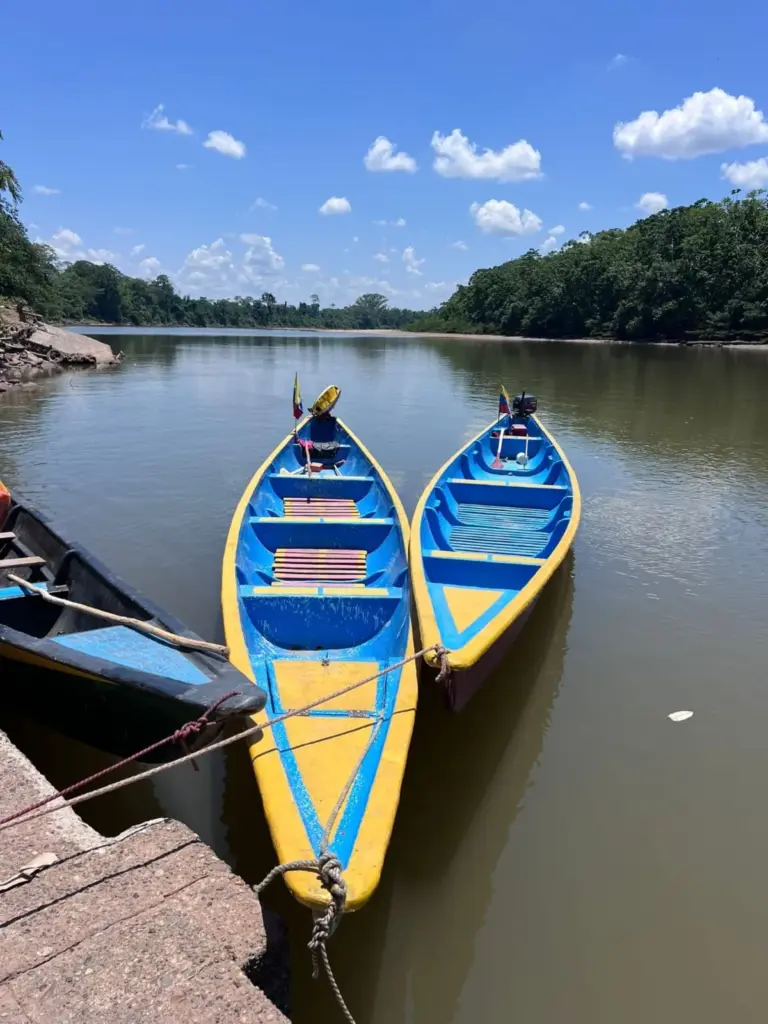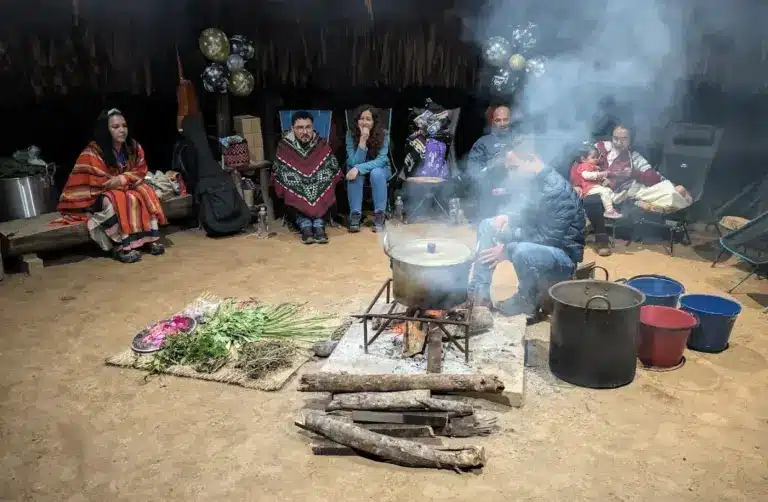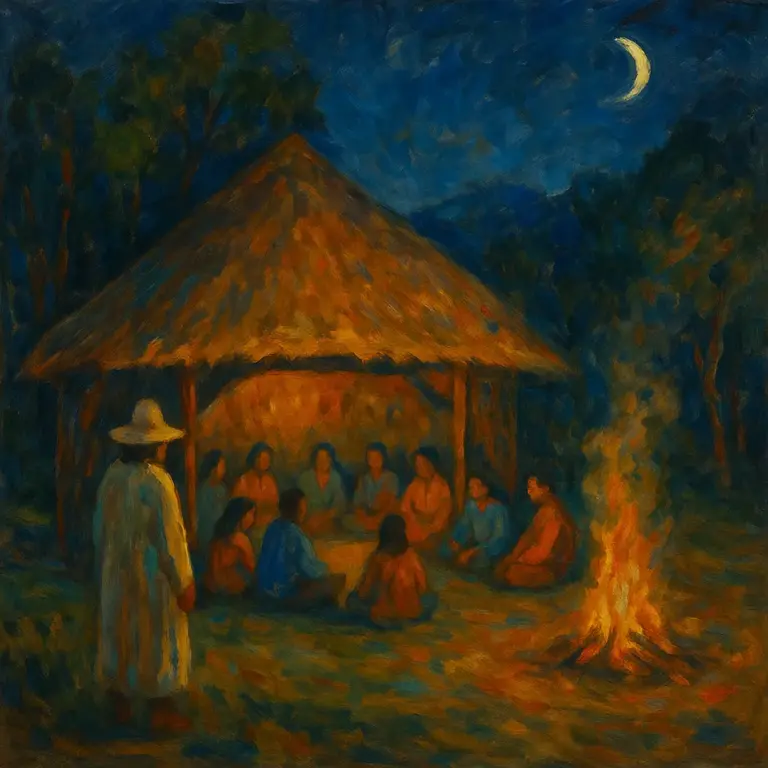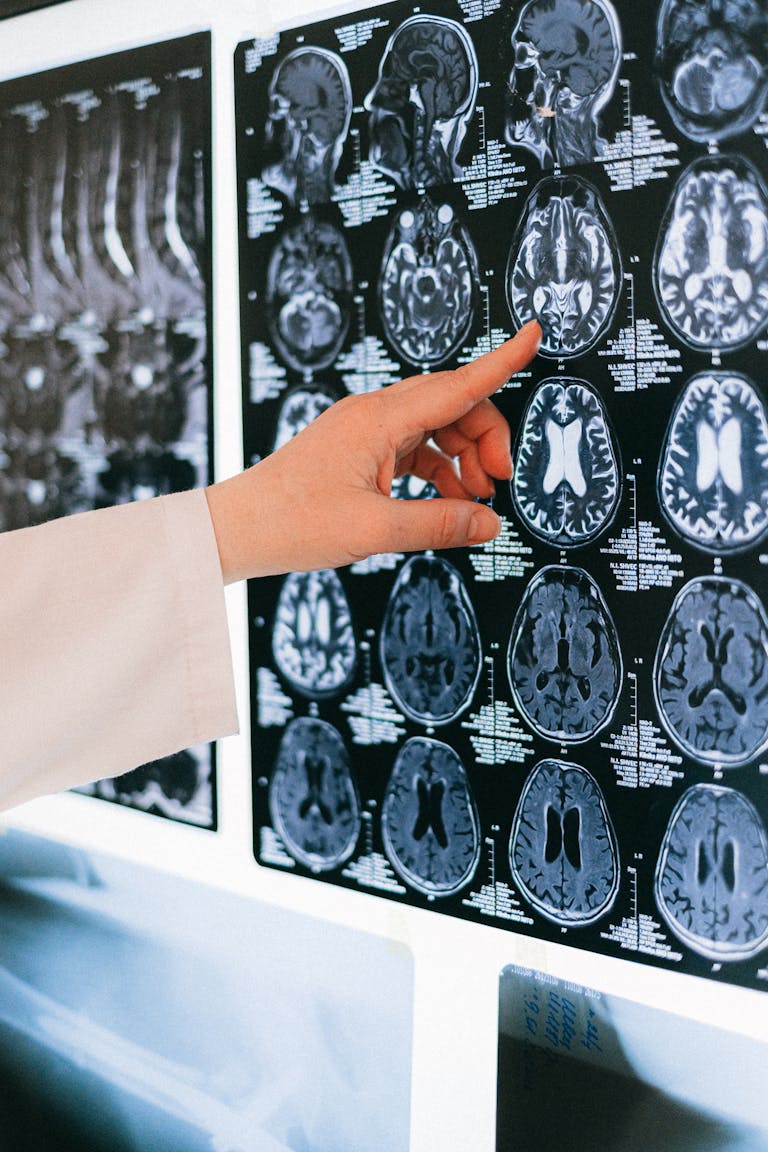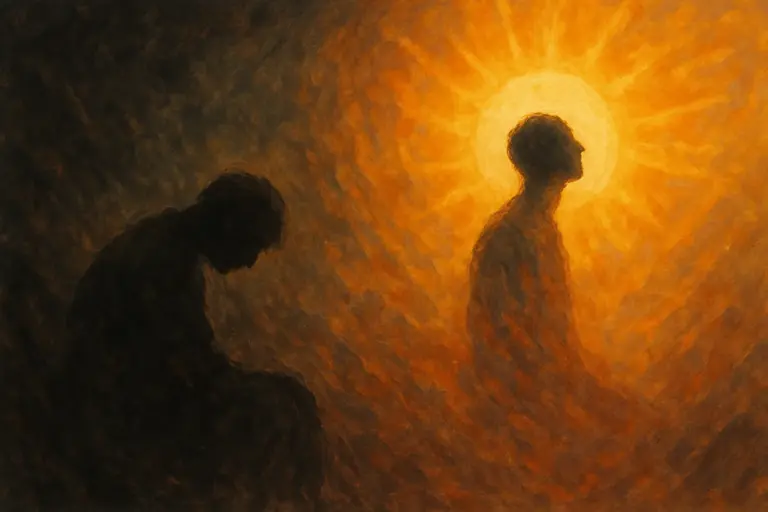How Ayahuasca Reshapes the Mind: From Neuroplasticity to Integration
Over the last few years, science has started to describe what ancestral traditions of the Amazon have known for generations: that healing begins when perception changes. In laboratories, this is called neuroplasticity — the brain’s ability to form new neural pathways. In ceremony, it is experienced as a moment of truth, a recognition that what we call “reality” can be seen, felt, and lived differently.
Both point to the same mystery: the human capacity to begin again.
The Brain’s Way of Learning to Heal
Every experience, every thought, every emotion leaves an imprint on the brain. Over time, these patterns become pathways — sometimes helpful, sometimes restrictive. Neuroplasticity is the process through which those pathways can be reshaped. It is the biological foundation of all transformation.
Recent research on ayahuasca and DMT shows that this sacred brew can temporarily increase brain connectivity, reduce rigid thinking, and promote the growth of new neurons. In a 2019 study from Imperial College London, participants experienced a “waking dream” state where normal brainwave rhythms dissolved and previously unconnected regions began communicating freely. This state — fluid, immersive, and vivid — mirrors what participants in traditional yagé ceremonies describe as “seeing with the heart.”
From a scientific lens, these shifts may explain why people often report relief from depression, anxiety, or trauma after a ceremony. But in the Amazonian view, what changes is not just chemistry — it is relationship. Between the mind and the body, the person and their story, the human and the natural world.
When the Ceremony Ends, the Work Begins
Neuroplasticity opens the door to new possibilities, but integration determines whether those possibilities become lasting change. The days and weeks after ceremony are when the new pathways — biological and spiritual — are reinforced through action and awareness.
In the brain, repeated attention strengthens the circuits that support emotional balance and presence. In life, this looks like learning to listen more deeply, to breathe through discomfort, to walk with gratitude. It is how the temporary expansion of the mind becomes a stable way of being.
At Camino al Sol, we often remind our guests that the medicine shows the path, but walking it is our responsibility. This is why each retreat includes space for silence, reflection, and sharing — the integration phase where understanding becomes embodiment.
“The real ceremony is not the night with the medicine — it’s every morning you wake up and choose to live differently.”
The Forest’s Teaching on Change
In Indigenous languages, there are no words for “neuroplasticity.” There are words for clarity, balance, and remembering. The elders say that when we drink the medicine, we are not gaining something new — we are remembering what has always been there.
Modern science now echoes this wisdom. Studies show that the same neural pathways that support healing can be strengthened through meditation, community, song, and service — all practices central to traditional Amazonian life. What researchers call “integrative therapy” has long been encoded in the rhythm of ancestral ceremony.
Ayahuasca reminds us that the mind is not a fixed structure; it is a living forest — growing, dying, and renewing every moment.
Walking the Spiral of Growth
The enhanced neuroplasticity brought by ayahuasca creates a temporary openness, but the integration process is what turns insight into transformation. Like roots deepening after rain, our new awareness must find ground in daily life — in relationships, work, and the small acts of care that shape who we are.
If you feel called to explore this path, start with intention and preparation. Read our Ayahuasca Safety Guide, learn about our Authentic Ayahuasca Retreat in Colombia, and take time to reflect on your readiness. The medicine can open many doors — but only you can walk through them.
References
- Imperial College London (2019). Ayahuasca compound changes brainwaves to vivid ‘waking-dream’ state.
- Andión et al. (2025). PLOS Mental Health, Global Ayahuasca Survey Meta-Analysis.

